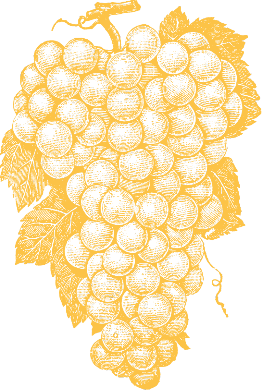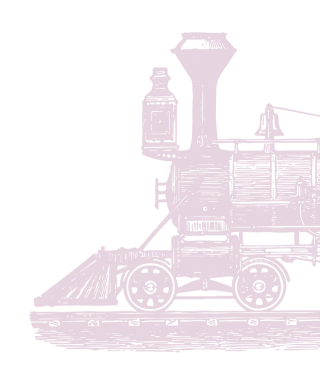Unique Facades Pay Tribute to Grapevine's Heritage
[[endteaser]]
MEDIA CONTACT:
Lisa A. Samuel-McCowan
Office 817-410-3195 / Cell 817-504-0079
LSamuel-Mccowan@GrapevineTexasUSA.com FOR IMMEDIATE RELEASE
City of Grapevine Convention & Visitors Bureau Headquarters and Museum Complex
Unique Facades Pay Tribute to Grapevine's Heritage
GRAPEVINE, TX (Mar. 2, 2010) - The City of Grapevine Convention & Visitors Bureau headquarters and museum complex is an architectural tribute to those industries that led to the growth and development of Grapevine from the 1870s through 1915.
The complex consists of six distinct storefronts, each representative of a significant period in Grapevine's history:
DUNN BUILDING - The Dunn Building symbolizes the establishment of the flourishing mercantile system in Grapevine, which began in the mid-1800s. Solon Dunn founded and managed the first business in Grapevine. In addition, Dunn became the first postmaster in Grapevine in 1858. He also established a bois d'arc orchard to plant hedgerows that would secure cattle on the farms. Because of his leading role in the city, Grapevine has recognized Dunn as an historic icon.
LAND PATENT BUILDING - The Land Patent Building signifies the arrival of the first settlers in Peters Colony, which covered nearly 2 million acres in north central Texas, including all of Tarrant County. Approximately 150 colonists and their families, most of who were American-born farmers of meager means, settled in Peters Colony. Many of these first settlers surveyed the original township of Grapevine, then sold and purchased property lots.
1888 COTTON BELT HOTEL - The Cotton Belt Hotel Building symbolizes the importance of the arrival of the Cotton Belt Railroad in 1888. This distinctive building represents the prosperity that the railroad brought to Grapevine. This prosperity led to a regional commercial center, which today is celebrated as the Historic Main Street District.
GRAPEVINE COTTON EXCHANGE BUILDING - The Grapevine Cotton Exchange Building is reflective of the era when "Cotton was King" on the Grapevine Prairie. Farming prospered due to the railroad's ability to get the harvest to market. Cotton gins sprung up, and at the peak, three cotton gins were operating in Grapevine.
DAIRY PRODUCERS BUILDING - The Dairy Producers Building honors the men and women who operated dairies throughout the Grapevine area. Dairy farms were extremely important to the economy of the once rural areas of Grapevine from the early 1900s to the late-1960s. These dairies gave way to DFW International Airport, freeways, and housing subdivisions.
FARMERS COOPERATION BUILDING - The Farmers Cooperative Building represents the truck farming industry of Grapevine. Truck farming was an extremely vibrant and commercially successful time in Grapevine.
Grapevine was known as the official "Cantaloupe Capital of the Texas" from the 1930s to the 1950s. Grapevine celebrated the abundance of cantaloupe with an annual Cantaloupe Festival and crowning of a Cantaloupe Queen. In addition to cantaloupe, Grapevine also prospered with the cultivation of other fresh produce including watermelon, tomatoes, onions and squash. The cantaloupe and truck farms made way for recreation and flood control with the construction of Lake Grapevine.
###

